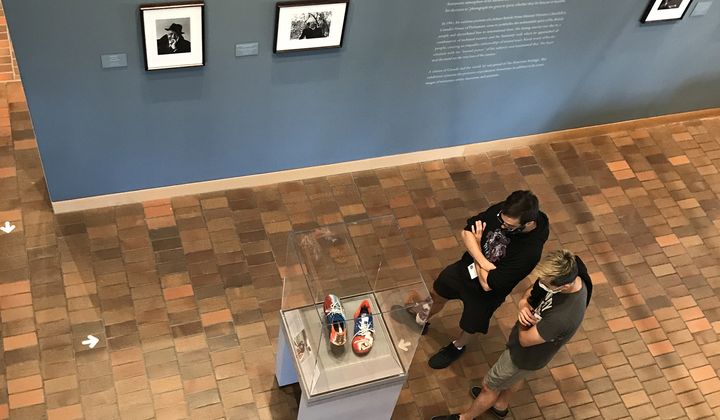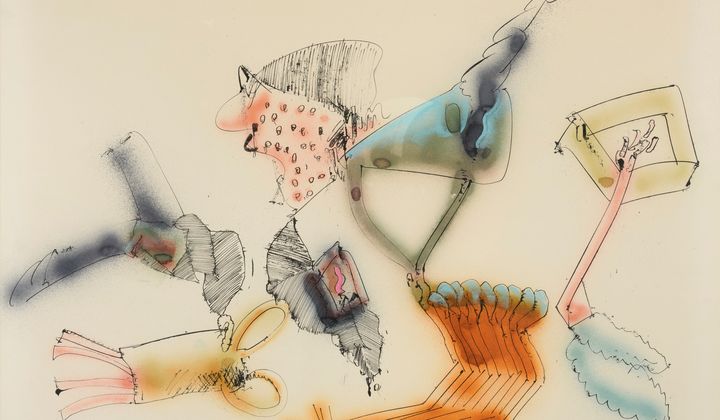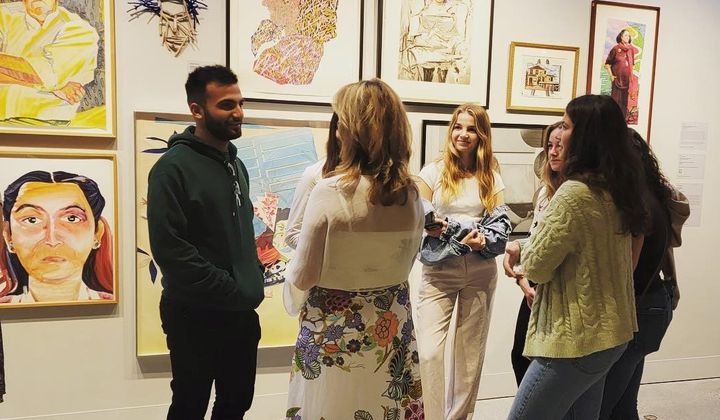Armenian Museum of America
65 Main Street, Watertown, MA 02472 - United States
The Armenian Museum of America is the largest Armenian Museum in the Diaspora. It has grown into a major repository for all forms of Armenian material culture that illustrate the creative endeavors of the Armenian people over the centuries. Today, the Museum’s collections hold more than 25,000 artifacts including 5,000 ancient and medieval Armenian coins, 1,000 stamps and maps, 3,000 textiles, and 180 Armenian inscribed rugs. In addition to more than 30,000 books in the Research Library, there is an extensive collection of Urartian and religious artifacts, ceramics, medieval illuminations, and various other objects. The collection includes historically significant objects, including five of the Armenian Bibles printed in Amsterdam in 1666.
The Armenian Museum’s goals and objectives are:
To maintain and preserve in perpetuity an active program of collecting, conserving and documenting Armenian artifacts, books and publications. To preserve for posterity the Armenian heritage, both past and present, and to tell the story of the Armenian people. To promote an awareness and appreciation of the culture and contributions of the Armenian people, through exhibits and diverse educational programs.To serve as a national repository and information center on the Armenian people, history and culture.
Exhibits
“On the Edge” is a landmark exhibition of contemporary art from the decades that established Los Angeles as a major force in the art world. This exhibition, our largest in 50 years, features more than 75 artists including Lita Albuquerque, John Altoon, Jean-Michel Basquiat, Lynda Benglis, Vija Celmins, Gregory Wiley Edwards, Frank Gehry, Helmut Newton, Ed Ruscha, and Andy Warhol. Curated by Rachel McCullah Wainwright. “Discovering Takouhi: Portraits of Joan Agajanian Quinn,” a companion exhibition to “On the Edge: Los Angeles Art 1970s – 1990s from the Jack and Joan Quinn Family Collection,” includes Armenian artists such as Dahlia Elsayed, Jean Kazandjian, Silvina Der Meguerditchian, Ara Oshagan, Zaven Sarkissian, and Aram Saroyan. Curated by Gina Grigorian and Natalie Varbedian.
"Armenia: art, culture, eternity" This introductory gallery provides an overview of Armenian culture from antiquity to present-day Armenian experience here in the United States. Over fifty objects are on display, illustrating Armenia’s origins in the Asian continent, the invention of a unique Indo-European language and alphabet, the early adoption of Christianity, Armenian medieval illuminated manuscripts, and interconnected trade routes.
Karsh: Celebrating Humanity
For viewers around the world, Yousuf Karsh defined the photographic portrait in the twentieth century. Specializing in the creation of iconic images of the world’s leading figures—statesmen, writers, actors, artists, musicians, and scientists—Karsh made images that resonated deeply with his audience.
The Armenian Genocide
The exhibit is a stunning visual narrative of the events of the 1915-1923 Genocide, and the continuing aftermath and denial by the Turkish government over generations. The visitor will find a chronological narrative of the tragic events leading up to World War 1, the years of Genocide (1915-1923), and the continued denial to the present.
Stitching to Survive
Although Armenians are famed for their beautiful religious art: church architecture, illuminated manuscripts and intricate khatchkars (stone crosses), the most common form of artistic expression was through their textiles, a far more ephemeral medium. From time immemorial, Armenian women have created and ornamented clothing and created works that delighted the eye of the wearer and viewer. A bride’s worth and reputation was judged by her hand skills.
Participation in Museum Day is open to any tax-exempt or governmental museum or cultural venue on a voluntary basis. Smithsonian magazine encourages museum visitation, but is not responsible for and does not endorse the content of the participating museums and cultural venues, and does not subsidize museums that participate.





